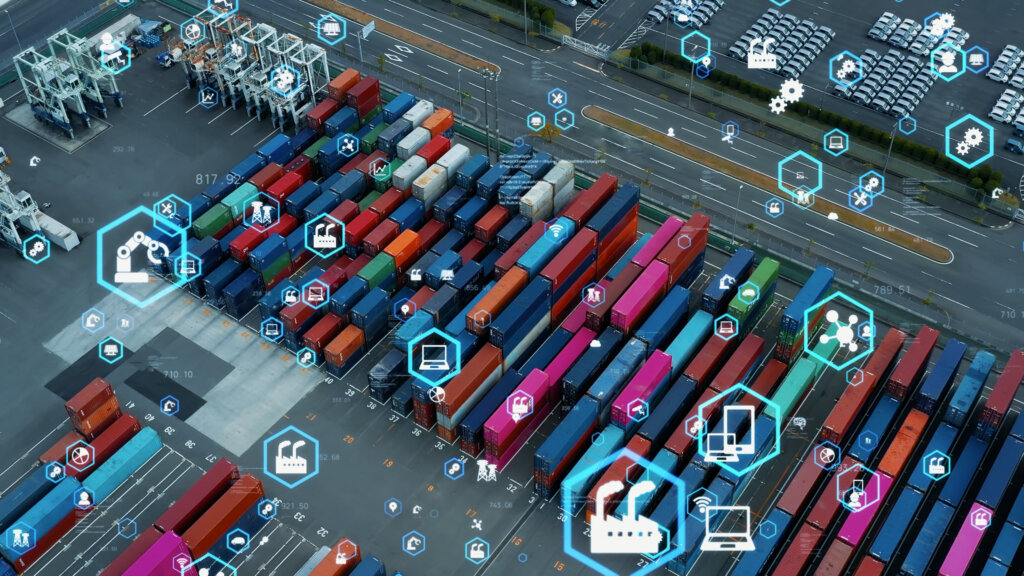The Multi-Annual Strategic Plan for Electronic Customs (MASP-C) – What you need to know
Over the past two decades, the global supply chain has become increasingly complex. This can be attributed to the rapid growth in the volume of world trade, as globalization has led to a surge in cross-border transactions and interconnected markets. Businesses battle it out for the lowest prices and fastest shipping, supported by evolution in technology and communication, making the supply chain networks ever more intricate.
Customs processes have had to evolve alongside these changes. Many traditional procedures, paper-heavy and time-consuming, have gradually given way to more streamlined and digitized systems. Electronic documentation, automated clearance processes, and harmonized international standards all help facilitate the flow of goods across borders while ensuring their legitimacy.
However, there are still disparities in digitization across jurisdictions, particularly within the EU, which continue to pose challenges. The Single Window Initiative is a notable example of efforts to create a more uniform customs environment. Despite this and other initiatives, variations in interpretation and implementation by individual member states persist, leading to inconsistencies and delays.
Back in 2009, the European Commission initiated the Multi-Annual Strategic Plan for Electronic Customs (MASP-C). This ongoing program will replace all paper-based customs procedures with electronic versions by 2025 through a series of projects. Its two primary objectives are to enhance security at the EU’s external borders and facilitate internal trade through a more efficient customs environment.

Source: Shutterstock
Many of the projects that lay out new IT requirements for traders have already been completed, like the AES system for Irish customs. However, some are still scheduled for between now and the end of 2025 and impact different jurisdictions. These include:
DMS 4.0 and 4.1 – The Netherlands – Dutch customs will be moving to the new declaration system DMS 4.0 and a replacement for the GPA and SPA processes known as DMS 4.1. The DMS systems will track everything online and assure compliance but require companies to have technology-driven processes in place to handle them.
Delta IE – France – Delta IE will gradually replace DELTA G and X over an as-of-yet unspecified period of time. While most of the information currently provided in declarations will remain the same, some new data will be required for the new system. This will also need to be divided into special mentions, accompanying documents, special tariff provisions, and the National Additional Code (CANA).
IDMS – Belgium – Import Declaration Management System (IDMS) is the replacement for the current Belgian customs system, PaperLess Douane en Accijnzen (PLDA), and adopts all-new UCC-compliant data sets. While parts of it are in use already, the hard deadline for businesses to transition to the new system processes for both imports and exports will be March 2024 at the latest. Implications include new data set requirements and message exchange protocols.
CDS – UK – On the UK’s exit from the EU in 2020, it was no longer subject to the EU MASP requirements and deadlines. Nevertheless, HMRC is moving to replace the old CHIEF system with CDS after Brexit resulted in more than 200 million additional declarations. Selected high-volume declarants need to move to CDS exports by November 30, 2023, while all other businesses must move by March 30, 2024. Major changes that UK importers and exporters will need to comply with include new data set requirements, different code lists, and a new structure for Customs Procedure Codes (CPCs).
You can find out more about these and other upcoming MASP-C projects on the European Commission website.
While MASP-C is being instated gradually, businesses that rely on cross-border trade within the EU still need to prepare for the digitization of customs processes. Trying to complete them with traditional processes will become an extensive and expensive task that organizations will be less inclined to pay for. As a result, many companies are now looking to automate their customs operations to reduce paperwork and help integrate them into a digitized supply chain.

Source: Shutterstock
According to the ‘Predicts 2022: Supply Chain Strategy’ report by Gartner, more than 50 percent of large organizations will compete as collaborative digital ecosystems, sharing inputs, assets, and innovations, rather than discrete firms by 2026. It is therefore important to ensure every business follows suit to remain competitive.
Working to the standards of MASP-C may seem overwhelming, however, much of the work can be mitigated with a software solution like the Customs Accounting System, or CAS, from Customs4trade (C4T). CAS automates and centralizes your customs operations, allowing you to process customs declarations in different jurisdictions. With access to real-time data on international customs regulations and fees, it can automate all filing requirements without any human input. This works to accelerate import/export time, reduces the risk of errors, and mitigates any administrative costs.
CAS is equipped to be fully compliant, meaning that all legal content is up-to-date, and its software modules handle declaration codes, duty rates, tariffs, and other provisions. This is especially important during a period of legislative change, as errors are easy to make and could result in expensive penalties. By using reliable software, traders can navigate the complex and shifting customs environment with confidence.
CAS gives users the ability to process their customs filings and, when they arise, manage any erroneous declarations in-house. This gives businesses a greater level of control, ensuring they can adapt swiftly to changing regulations and minimize potential disruptions to their supply chain. The software also helps to highlight cost-saving opportunities, like through Special Procedures, and empowers the user to make broader strategic decisions to optimize the flow of goods.
To find out more about how MASP-C will impact your business and what you can do to prepare and adapt, download C4T’s whitepaper ‘MASP – The Digital Future of Customs’.









